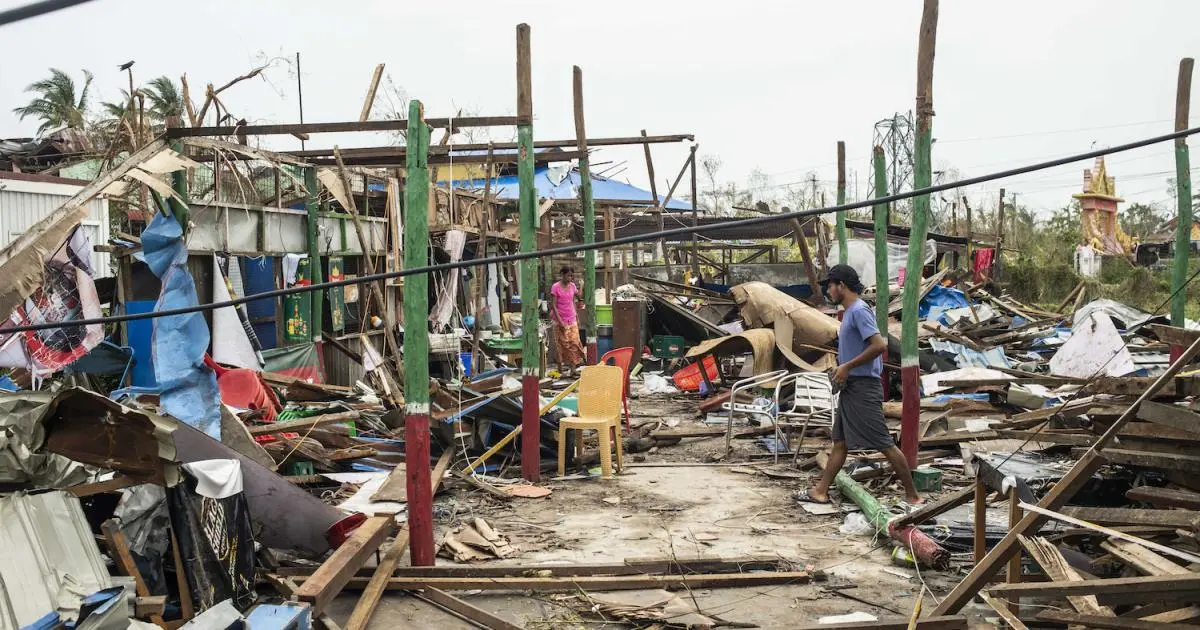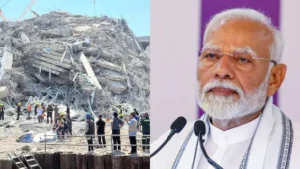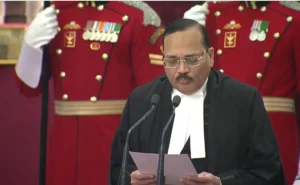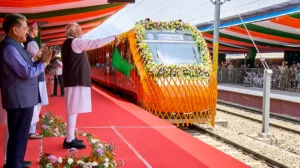In the early hours today, India began swift shipment of 15 tonnes of vital relief materials to Myanmar after a major quake struck the region. The magnitude 7.7 earthquake which shook areas along Myanmar and Thailand border has caused wider panic across Southeast Asian nations. This natural event forced local people to leave their homes as buildings swayed dangerously under severe stress.
Thailand declared a state of emergency in Bangkok, where large waves drove panic among urban residents. You might recall similar quakes in years past, though this event seems more severe based on early reports from local media outlets.
Myanmar Earthquake: India’s Quick Relief Efforts
India’s rapid response includes essential items needed by those affected by this tragic event. Foreign Minister S. Jaishankar shared online that India stands ready to offer every thing their neighbors might value during these tough times. The relief cargo includes medical items, hygiene kits, ready-to-eat meals, water purification units, and basic tools for rescue teams.” As a first responder, India has begun shipping 15 tonnes of relief goods to Myanmar following today’s earthquake,” posted Jaishankar on social media.
You should know that India often takes quick steps to help nearby nations during crises. Their focus seems aimed at giving timely support when other states might still be organizing their plans.
Myanmar Earthquake: Impact of the Earthquake
The power of this quake caused major damage across parts of Myanmar and Thailand. Early reports point toward several dozen deaths, though exact numbers remain fluid as rescue teams reach rural areas. Many towns report major damage to older structures while newer buildings appear to have stood better against these ground forces.
- Buildings collapsed in multiple locations
- Power outages affect large areas
- Communication networks face major disruption
- Roads and bridges report varied damage
Local people shared their panic as buildings began to shake without prior signs. You might never forget such scary times when the solid ground moves under your home like waves on water.
Regional Response and Challenges
While India leads with quick relief, other nearby nations have also begun offering their acute help. Bangladesh, China, and Japan have shared plans to send teams and goods to areas where needs exist. These joint efforts could prove vital as damaged roads and power lines make local relief tasks tougher.
“This large quake tests our whole region’s crisis plans,” noted one Asian Union official. “Every piece of aid must reach those who truly need it.”
You would think years of prior crises might have built better plans, but each quake brings fresh tests. Rural areas often wait hours or days before first teams arrive, which makes quick aid shipments ultra vital for basic needs.
Myanmar Earthquake: What Happens Next
Relief teams must focus first on urgent rescue tasks where people might still remain trapped under fallen items. Water, food, and basic care goods follow close behind as those who lived seek safe spots to rest while awaiting more help.
- The initial 72 hours focus on rescue operations
- The next phase delivers medical care and basic needs
- Long-term plans must address housing issues
- Mental health support needs often arise weeks later
You could argue these early hours after major quakes prove most vital for saving lives. Every small delay might mean fewer people found alive under debris.
Myanmar Earthquake: How You Can Help
While large state actors move their plans ahead, space exists for those who wish to offer their small part. Major international relief groups have begun raising funds meant to help those facing the quake impacts. These often allow exact focus on areas where local teams report specific needs.
Those looking to donate should check these known groups:
- Red Cross Myanmar Appeal
- UNICEF Emergency Response
- World Food Programme – Myanmar Crisis
- Doctors Without Borders – Southeast Asia Fund
You might wonder about these funds’ usage. Most major groups offer clear audit trails that show where every penny lands after crises occur.
Lessons From Past Responses
Recent years have shown mixed types of quake relief cases across Asian zones. When Nepal faced their major quake event, early relief items often piled up at entry spots while remote towns still waited days for basic goods. These prior cases teach smart teams about where focus truly needs to exist.
India seems eager to avoid these prior pitfalls. Their focus on ready-to-use items means fewer steps exist before those needs reach those facing tough times.
You might agree these early hours after quakes offer vital space for rapid, smart action before things begin to shift toward longer plans. Every state wants to prove their smart response when close allies face these scary times.
The world keeps close watch on this event while those small towns along rural lines begin their tough work of first steps toward going back to their daily lives. Each small piece of aid might bring hope where little might exist after these earth shocks.








Be First to Comment